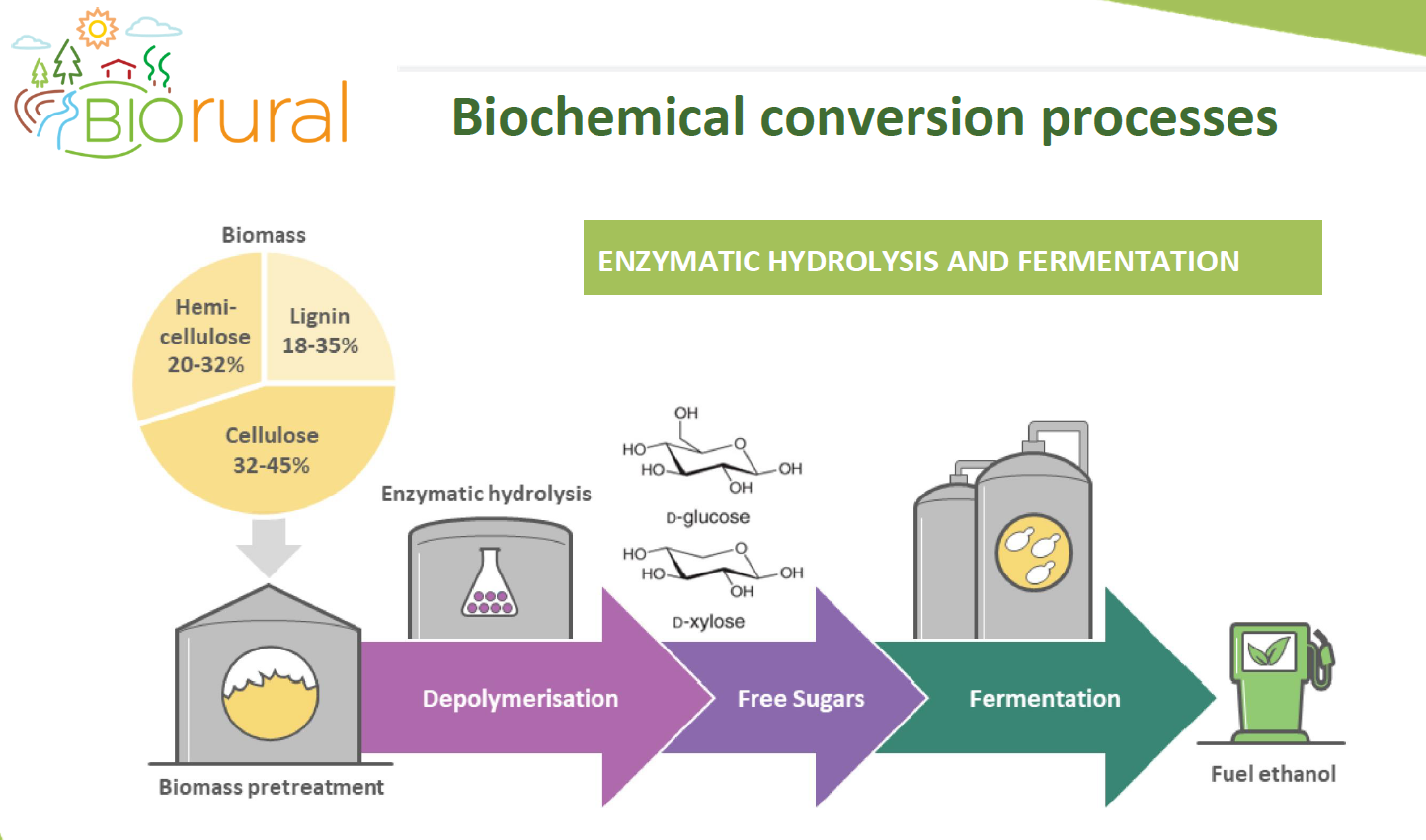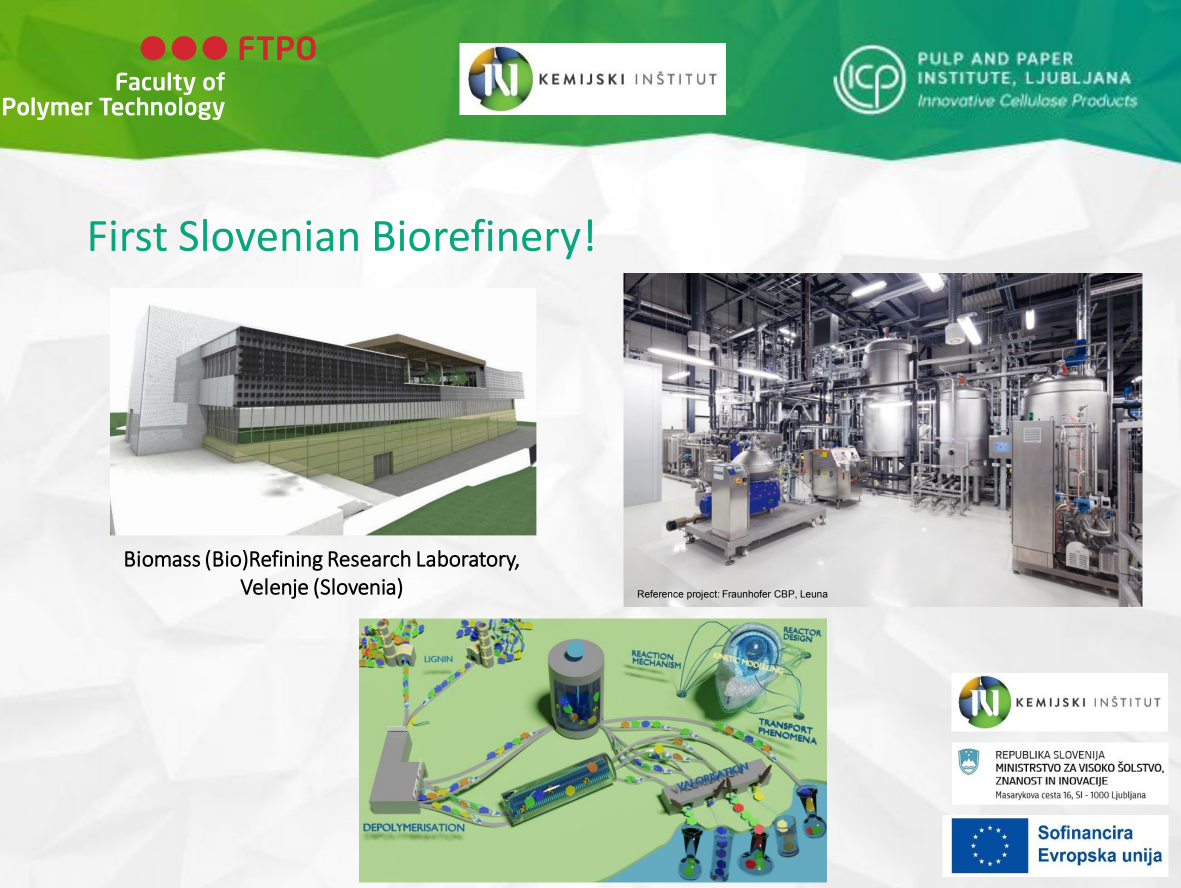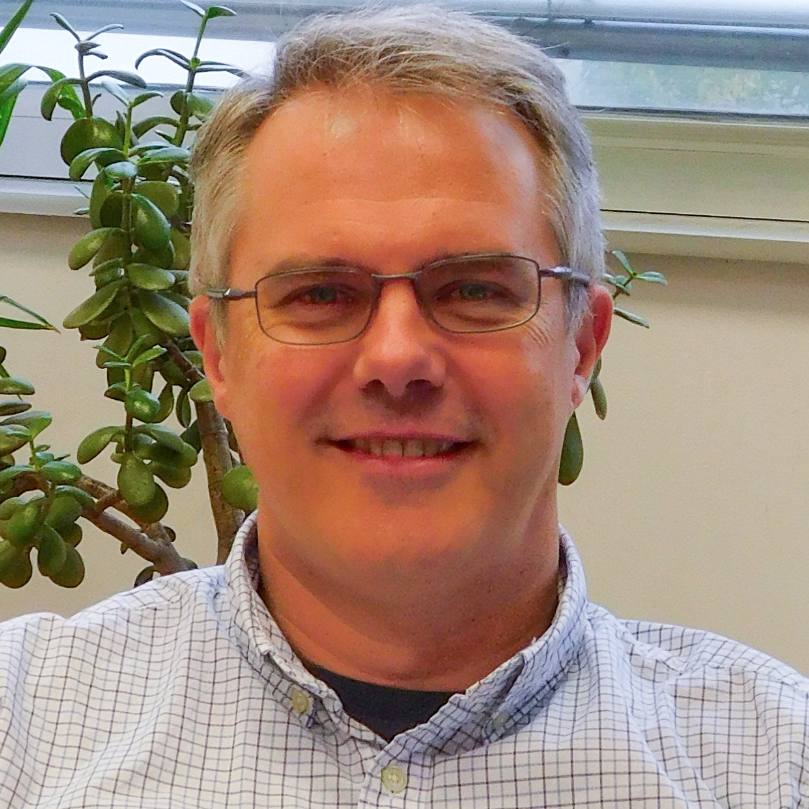In our current economy heavily reliant on non-renewable resources, the depletion of these resources and the acceleration of climate change through the release of sequestered carbon into the atmosphere pose significant challenges. In the pursuit of a circular bioeconomy, biomass emerges as a sustainable feedstock to produce bio-based products, reducing our dependence on fossil fuels. When biomass enters the conversion system, the resulting bio-based products can be considered carbon-neutral, as the carbon released is already part of the biogenic carbon cycle. Bio-based products, derived partially or wholly from biomass, encompass a range of intermediates, including fibers, composites, polymers, chemicals, as well as semi-finished and final products. Standards for bio-based products play a crucial role in increasing market transparency, providing common reference methods and requirements for verifying claims regarding bio-based content and sustainability criteria. Bio-refining, a key strategy in the circular bioeconomy, involves the sustainable processing of biomass into a spectrum of marketable products. This approach enables the closure of feedstock material, water, and carbon cycles, ensuring optimal and sustainable use of biomass on a large scale, with positive social, economic, and environmental impacts. The IEA Bioenergy Task 42 developed a bio-refinery classification system, outlining various platforms for bio-refining processes. Examining the status of bio-refineries in the EU27, countries like Finland, Netherlands, Sweden, and Italy lead in the number of bio-refineries, predominantly utilizing secondary biomass. Different types of feedstocks, including primary (aquatic biomass, dedicated specialty crops) and secondary biomass (microbial biomass, residues from agriculture and forestry, recycled bio-based products), contribute to bio-refining processes. Conversion processes involve biochemical, chemical, thermal-chemical, and mechanical methods. Notably, biochemical processes like fermentation are widely employed, with anaerobic digestion being a prominent example. The diversity of bio-refinery conversion pathways is highlighted, with both bottom-up (upgrading existing biomass processing facilities) and top-down approaches (new highly integrated industrial value chains) shaping the future landscape. The market for bio-based chemicals and polymers is growing annually, driven by green chemistry requirements and increased demand for sustainable alternatives in various sectors. In conclusion, the adoption of biomass as a feedstock in bio-refining processes holds promise for achieving sustainability goals in the circular bioeconomy.




























